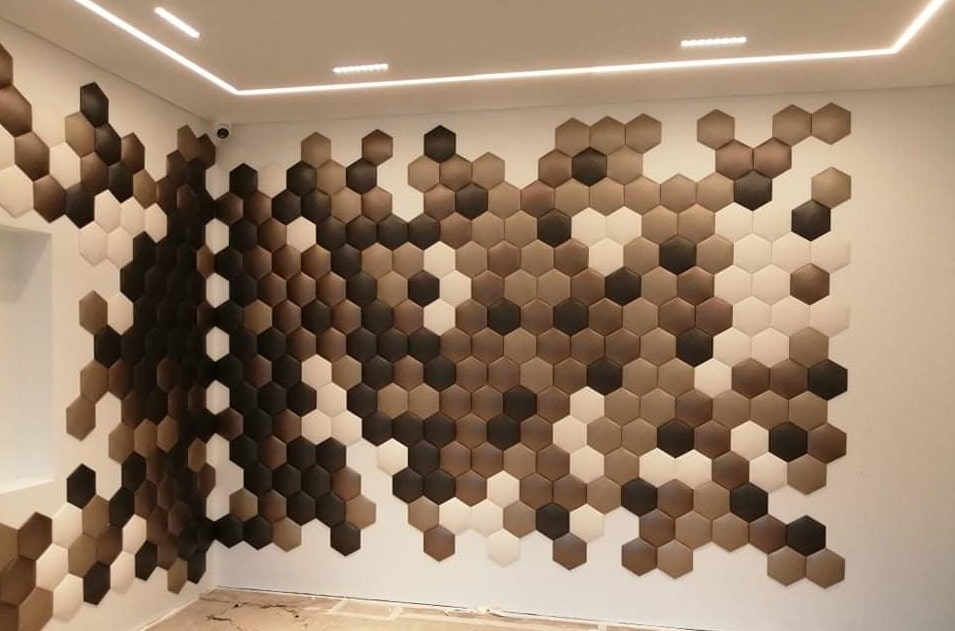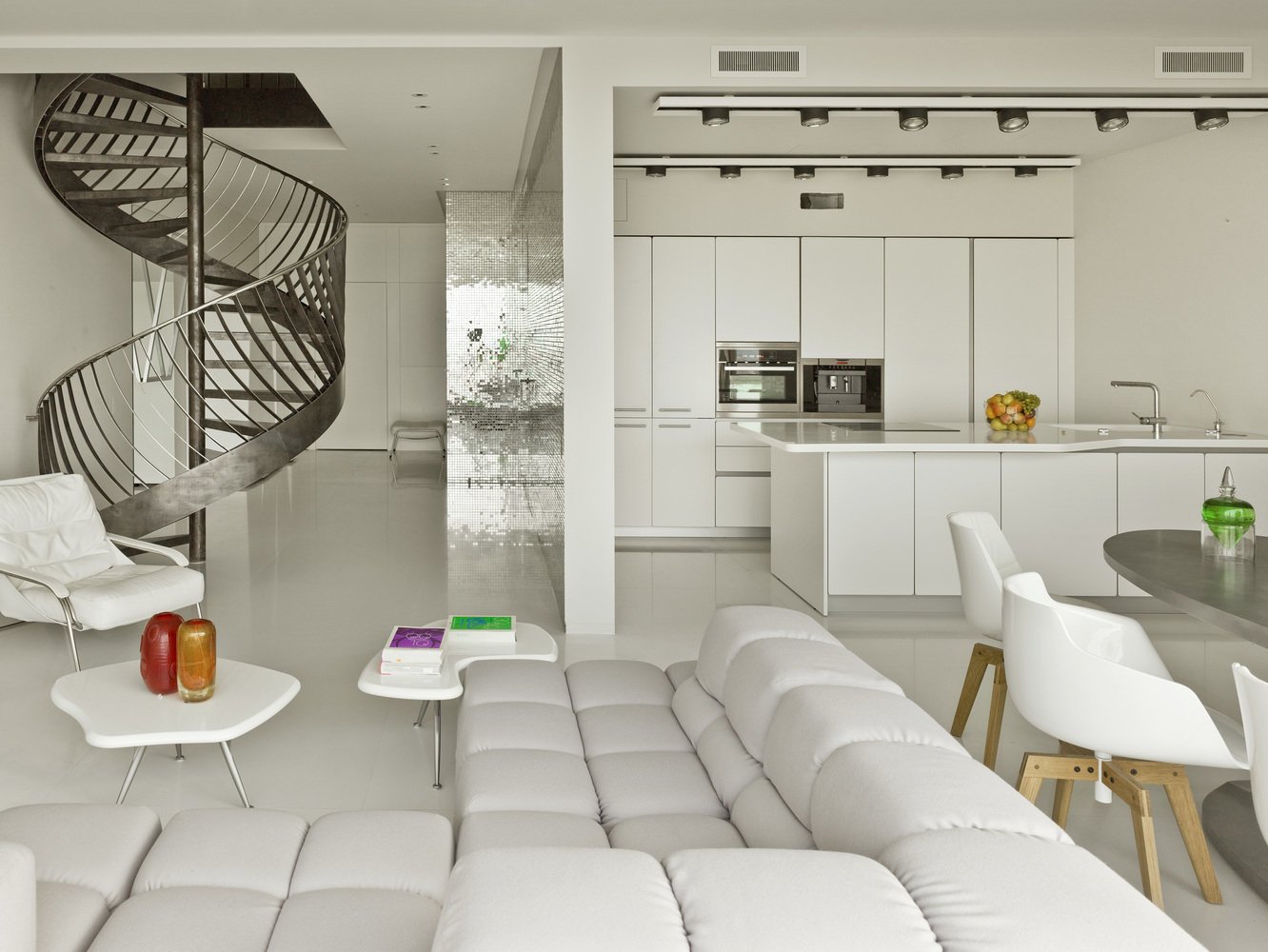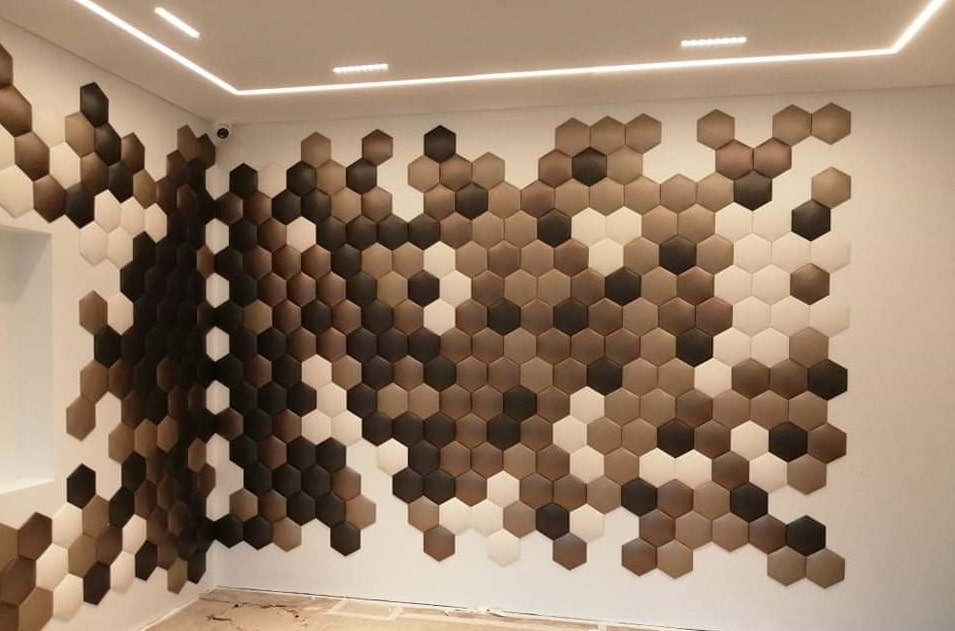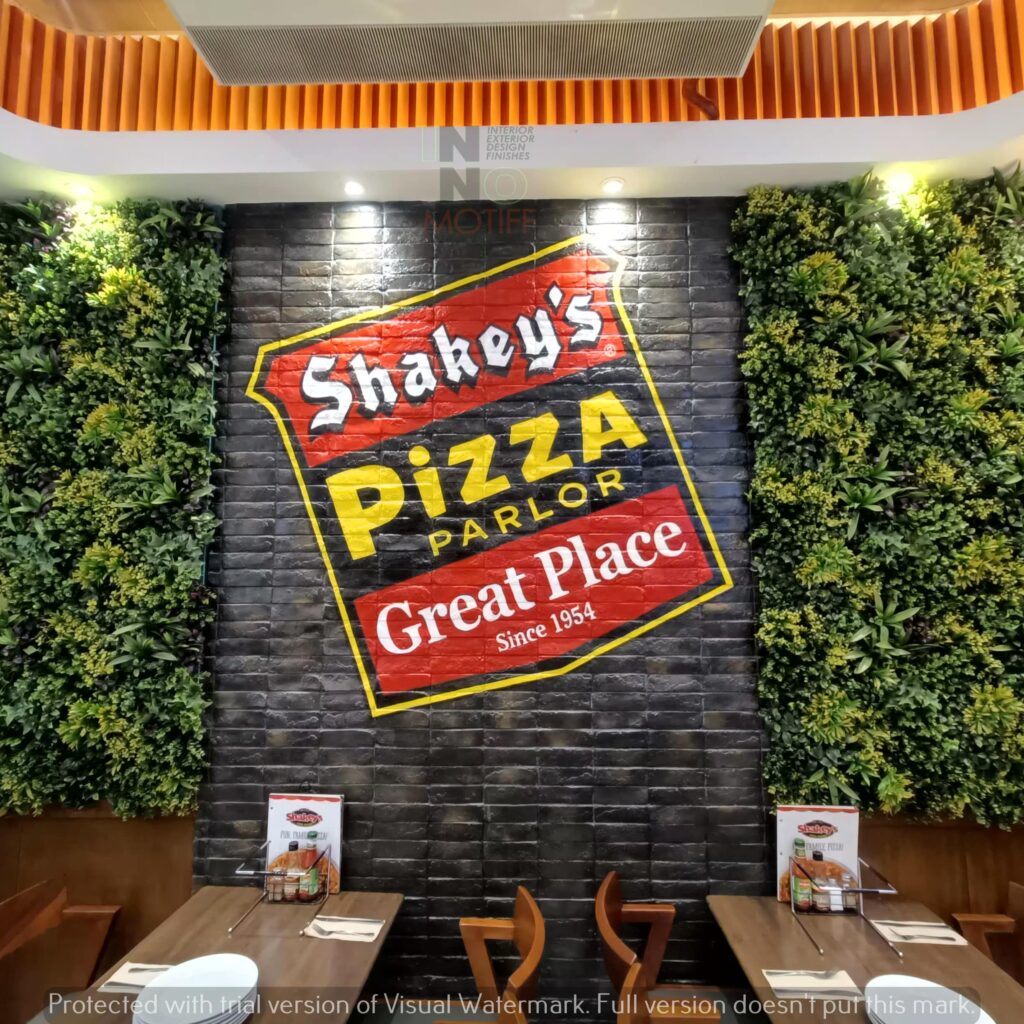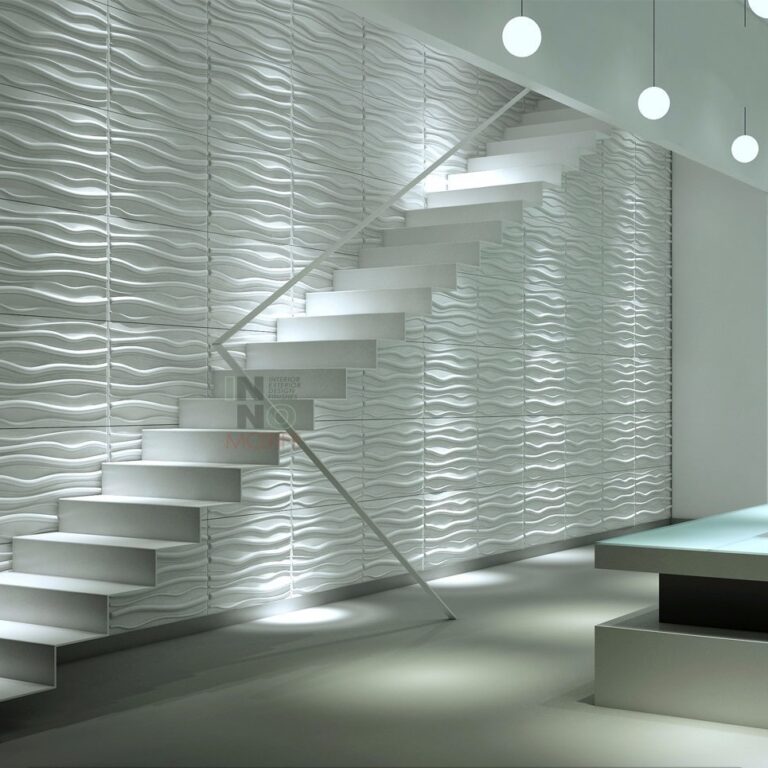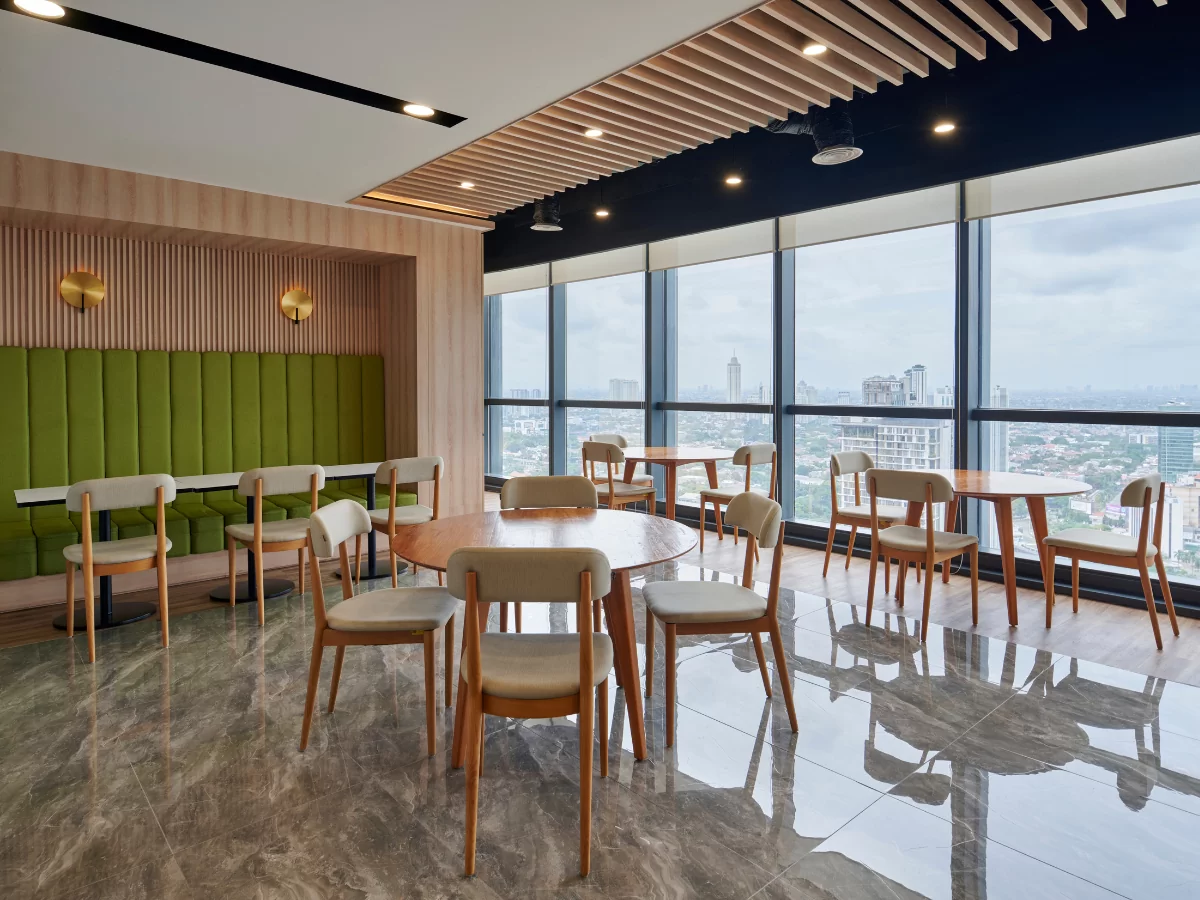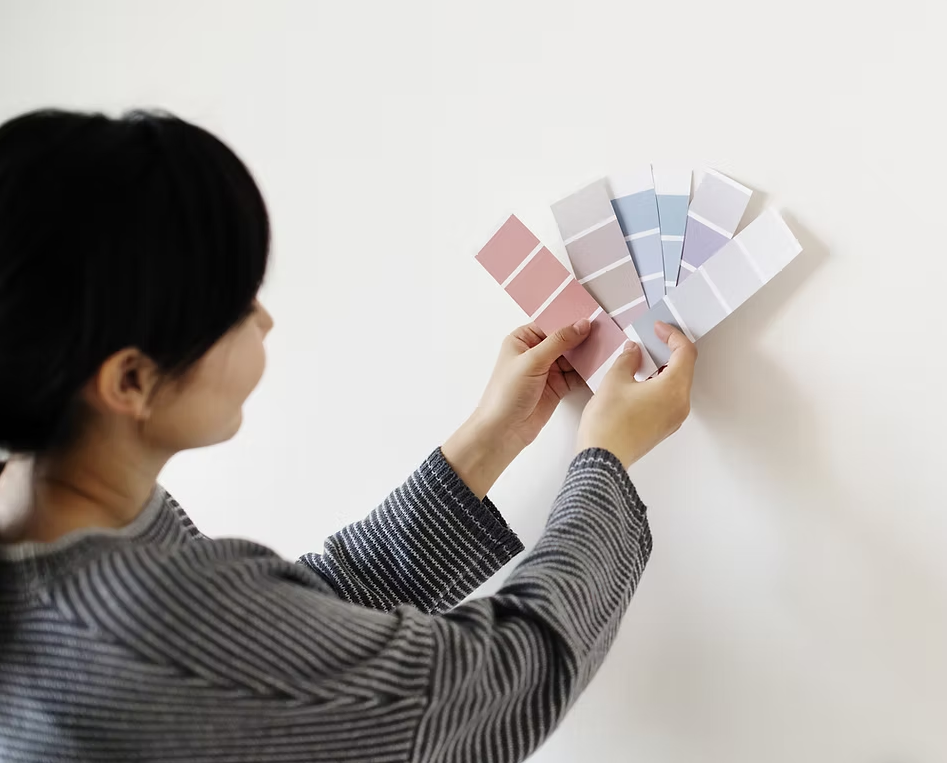Commercial interior design plays a crucial role in shaping the identity and success of any business. Whether it’s a modern office, a retail store, or a hospitality venue, the way a space looks and functions can influence customer perception, employee productivity, and overall business performance. Designing commercial spaces involves more than just aesthetics — it requires a strategic approach that balances brand expression with practical considerations.
Why Interior Design for Commercial Spaces Matters
Commercial interior design goes beyond decoration; it creates an environment that speaks directly to the brand’s values and mission. A well-designed commercial space enhances customer experience by making visitors feel welcome and comfortable, encouraging longer visits and repeat business. For employees, thoughtful layouts and ergonomic design promote productivity, collaboration, and well-being.
Moreover, commercial interiors must comply with safety standards and regulatory requirements, ensuring spaces are not only attractive but also safe and accessible. From optimized space usage to compliance with building codes, commercial interior design combines functionality with style to deliver spaces that truly support business goals.
Key Elements of Interior Design for Commercial Use
Successful commercial interior design incorporates several critical elements tailored to the specific needs of the business and its customers:
Space Planning and Layout Optimization
Efficient use of space is essential in commercial settings, where every square foot impacts operational flow and customer movement. Designers plan layouts to maximize functionality, creating zones for work, meeting, display, or customer service that support smooth interactions.
Lighting Solutions
Proper lighting enhances ambiance and highlights key areas. Commercial lighting design involves a mix of natural light, task lighting, and accent lighting to create an inviting atmosphere and improve visibility, safety, and mood.
Flooring Options
Durability is key for commercial floors, which endure heavy foot traffic. Materials like hardwood, vinyl, and polished concrete are popular for their longevity, ease of maintenance, and style adaptability.
Color Schemes and Painting
Color influences perception and mood, making it a powerful tool in commercial design. Whether it’s energizing vibrant hues or calming neutrals, the choice of paint colors should align with brand personality and the function of each area.
Custom Furniture and Carpentry
Tailored furniture and built-in cabinetry optimize space and support specific business functions. Custom pieces can enhance aesthetics while providing practical storage and work surfaces designed to meet unique needs.
Comprehensive Commercial Interior Design Services
Businesses benefit from engaging firms that offer end-to-end commercial interior design services, covering every stage of the process:
- Design Consultation: Expert advice helps clarify business goals and brand identity, translating them into effective space planning and design concepts.
- Project Management: Skilled oversight ensures the renovation progresses smoothly, stays on schedule, and meets quality standards.
- Demolition: Safe removal of outdated fixtures and structures prepares the site without disrupting ongoing business operations.
- Electrical Work: Customized wiring and lighting solutions meet the technical demands of the space while complying with safety regulations.
- Flooring Installation: Durable and visually appealing flooring enhances the overall design and withstands daily use.
- Painting Services: Professional painting with expert color recommendations boosts the space’s atmosphere and brand alignment.
- Carpentry: Custom cabinetry and furniture meet functional requirements and elevate the interior’s style.
- Reinstatement: Restoration of the space to its original condition ensures compliance with lease agreements and smooth transitions at the end of tenancy.
Choosing the Right Commercial Interior Design Firm
Selecting the ideal commercial interior design firm is a pivotal step for any business. Experienced firms understand local markets, regulations, and design trends, ensuring your space stays relevant and compliant. The best designers balance creative vision with practical execution, using quality materials and expert craftsmanship to deliver results that last.
A collaborative approach, where designers work closely with clients, ensures the final design reflects business objectives and meets operational needs. Reading client testimonials or reviewing past projects can provide insight into a firm’s reliability and style.
Trends in Commercial Interior Design for 2025
Staying updated on commercial design trends can give businesses a competitive edge. Some notable trends shaping commercial interiors this year include:
- Sustainable and Eco-Friendly Materials: Using recycled, renewable, and low-impact materials supports environmental goals and appeals to conscious consumers.
- Smart Office Technology Integration: Incorporating automation, IoT devices, and adaptable tech solutions enhances efficiency and employee comfort.
- Flexible and Hybrid Workspace Designs: Spaces that easily adapt to different uses and encourage collaboration are becoming essential in modern offices.
- Minimalist and Modern Aesthetics: Clean lines, open layouts, and uncluttered designs create professional yet inviting environments.
- Wellness-Focused Environments: Designs that incorporate natural light, plants, and ergonomic furniture promote health and well-being.
How to Start Your Commercial Interior Design Project
Launching a commercial interior design project requires careful planning and clear communication:
- Initial Consultation: Discuss your vision, budget, and business goals with design professionals to set expectations.
- Budget Setting: Define realistic financial parameters, allowing for quality materials and necessary contingencies.
- Timeline Planning: Establish project milestones and deadlines to coordinate with business operations and minimize disruptions.
- Collaboration: Maintain open dialogue with designers and contractors, ensuring progress aligns with your needs and preferences.
Takeaway
Interior design for commercial spaces is a strategic investment that enhances brand presence, supports business operations, and improves customer and employee experiences. Through careful planning, expert design, and professional execution, commercial interiors can transform ordinary spaces into dynamic environments that drive success. Engaging a skilled commercial interior design firm ensures your business space not only looks impressive but also functions efficiently and complies with all necessary standards. Taking the time to prioritize design will pay dividends in customer satisfaction, employee morale, and overall business growth.

